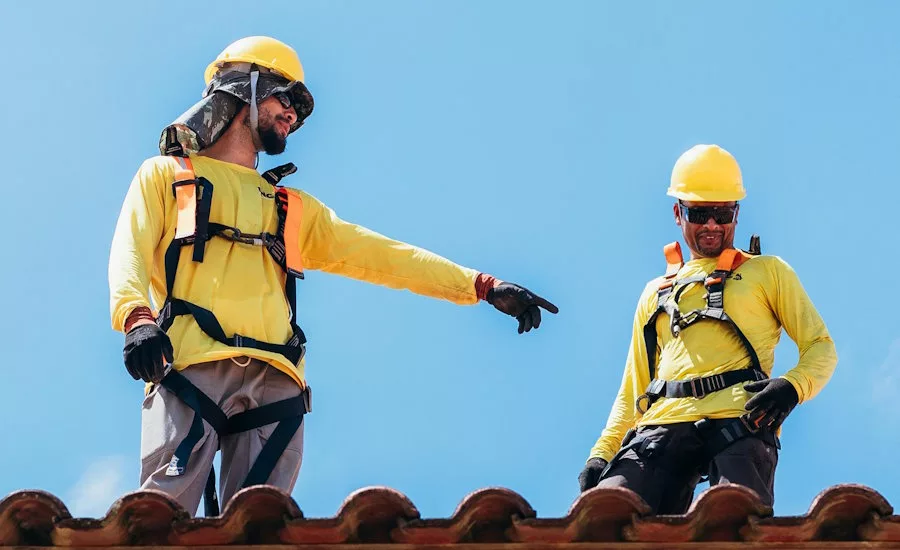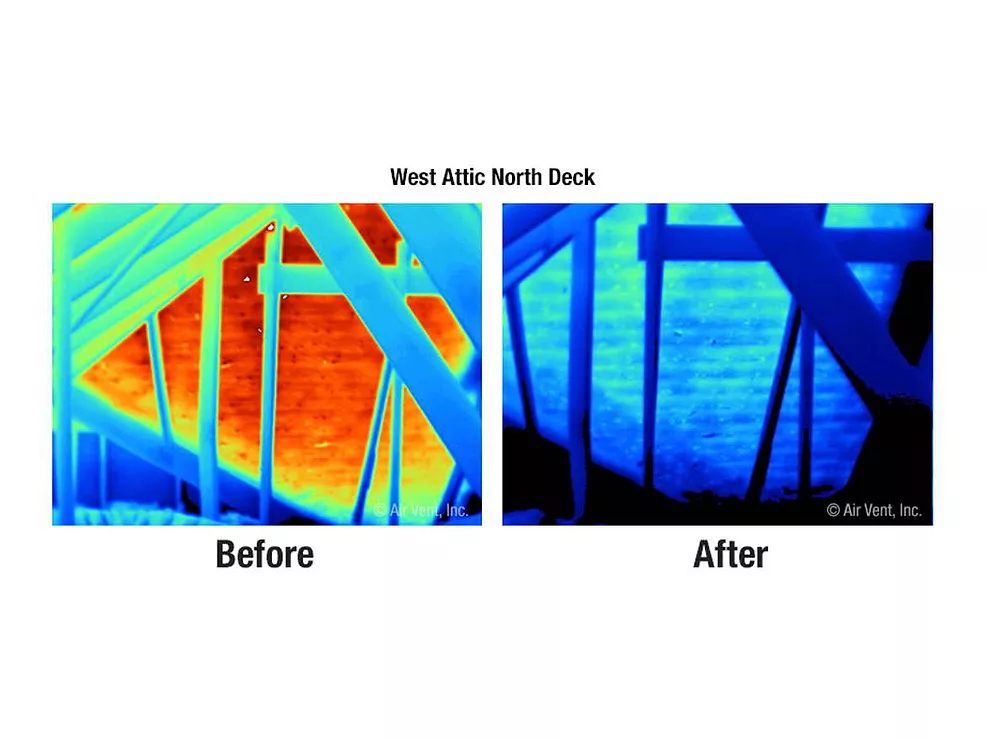Legal Insights
The Chain of Responsibility: What Every Roofing Contractor Must Know
Subcontractor Liability in Construction
At this year’s FRSA convention in Florida, RC Group Publisher Jill Bloom spoke with construction law expert Trent Cotney, a partner at Adams and Reese, to discuss crucial legal and compliance issues facing contractors today. In a jam-packed show floor buzzing with industry professionals, Trent shared timely insights into contractor liability, subcontractor management, and the growing concern around ICE job site raids.

Subcontractor Responsibility Explained
At the FRSA convention, construction law expert Trent Cotney emphasized the legal risks prime contractors face due to subcontractor actions, highlighting the importance of strong contracts, job site oversight, and thorough documentation. He also addressed growing concerns over ICE job site raids, urging contractors to prioritize compliance and support for their crews while advocating for more efficient labor policies.
One of the key topics addressed was the responsibility of prime contractors for the actions and quality of work carried out by their subcontractors and, potentially, sub-subcontractors. As Cotney explained, from a legal standpoint, the prime contractor is always liable to the customer for everything that happens “downhill” in the contractual chain. This means that even if the issue originates from a third- or fourth-tier subcontractor, the responsibility ultimately rests with the prime.
In legal disputes, this often leads to a domino effect of litigation. “The owner sues the prime contractor, who then brings in the sub, who may bring in their sub, and so on,” Cotney noted. These cases can involve multiple tiers of parties but usually settle before reaching trial due to the high costs of litigation, especially when expert witnesses are involved.
RELATED
OSHA Vacates $79K In Fines, Fails Burden of Proof
To protect themselves, contractors need robust subcontract agreements that limit the ability of subs to hire additional layers of workers without permission. Just as important is a strong quality control process on the job site. Cotney stressed the importance of knowing exactly who is working on a project, ensuring all workers are covered by workers’ compensation, and verifying insurance and certifications. “The contractor with the best paper trail always wins,” he emphasized.
The conversation also turned to a growing concern in the construction industry—ICE raids. Though such raids are rare, occurring in less than 1% of projects, the fear they generate can be disruptive. “We've heard from some contractors that subs aren’t even showing up because they're afraid,” said Bloom.
Cotney reassured listeners that while the risk is low, contractors should remain focused on supporting their crews and keeping job sites compliant and safe. He acknowledged the industry's reliance on foreign labor and advocated for policies that would streamline temporary worker programs. If federal immigration legislation passes to increase enforcement funding, the odds could change—but for now, the priority is maintaining a safe, legal work environment.
In an industry where legal pitfalls are often hidden in complex subcontracting chains and compliance obligations, Cotney’s advice was clear: protect yourself with solid documentation, maintain control over your job site, and stay informed. For contractors navigating today's challenges, it's all about preparation, accountability, and communication.
Looking for a reprint of this article?
From high-res PDFs to custom plaques, order your copy today!









